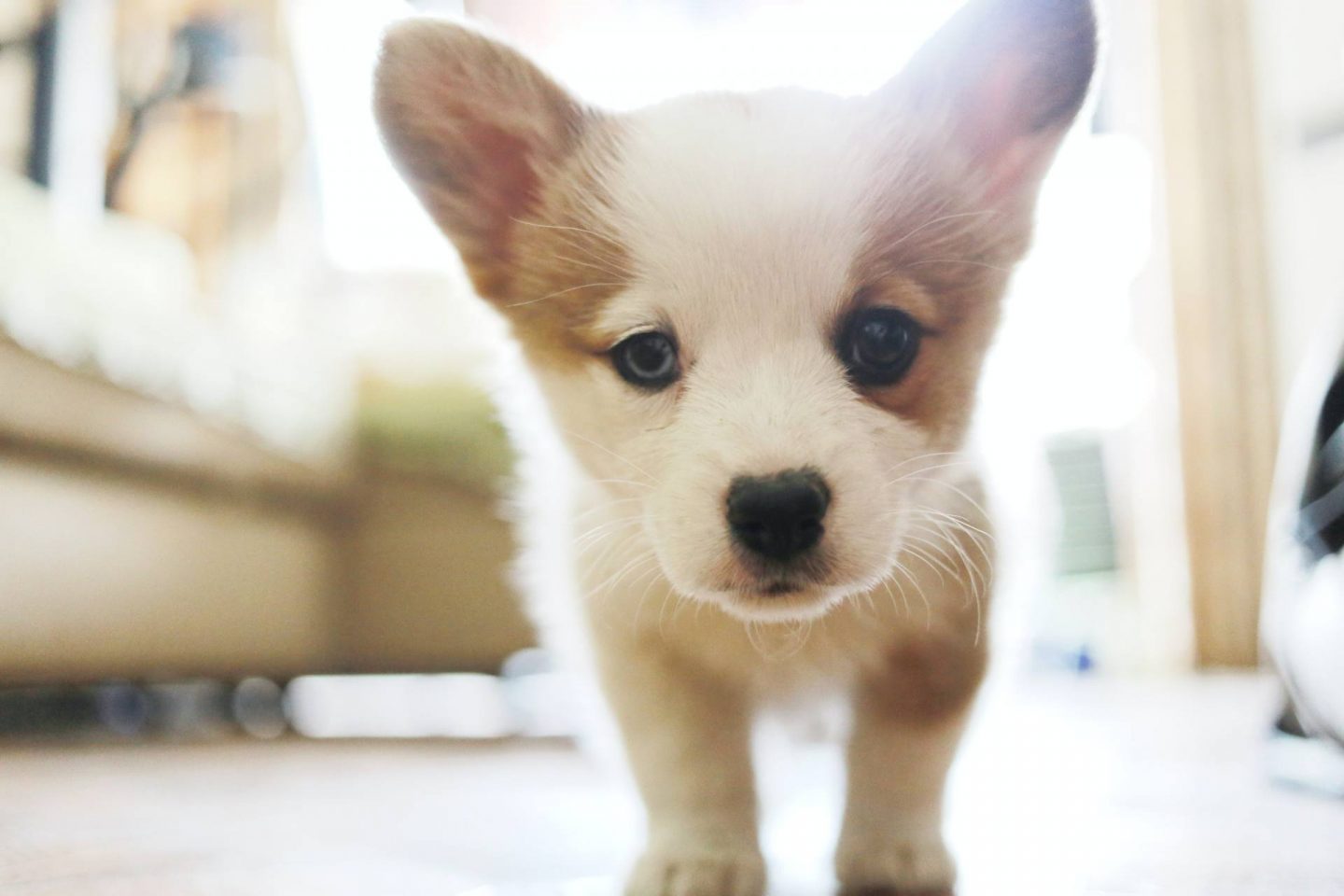*This is a collaborative post.
Welcoming a puppy into your family for the very first time can be such an exciting experience, yet getting to know your new dog and understand their needs will be a definite learning curve to say the very least. Dogs need considerable care and attention to feel comfortable and content, and many new owners fail to recognise the long list of responsibilities that they need to fulfill to keep them happy and healthy for years to come. A dog is a lifelong companion in a sense that they will spend all of their days by your side, so you must plan ahead to ensure you can fulfil their needs in the future, not just now. Luckily, there are a few key areas in which you can focus your efforts to ensure you can provide your puppy with the best life possible, and there’s no time like the present to start getting to grips with the ins and outs of dog ownership. So, if you would like to find out more about how you can take great care of your puppy, then read on to uncover the ultimate guide for inexperienced owners that you can make the most of today!

Image Source
Choosing The Right Breed For You
Before you even consider welcoming a puppy into your family, you should aim to carry out considerable research into the different breeds that are on offer to make the best decision. All breeds have their own individual personality traits and care needs, so it’s a good idea to seek out a match that lines up with your lifestyle. If you work full time and will need to leave your dog alone at home for long periods of time, you need to find a breed such as a basset hound that’s notoriously lazy and enjoys quiet time relaxing independently. Many dog breeds hate to spend time by themselves and will do all manner of naughty things as soon as you step out the door, from destroying your furniture to going to the toilet on the carpet! If you want to purchase a puppy for your children, you must find a breed that is well known for being patient and gentle. One of the best breeds for families is a golden retriever, as they are extremely docile and loving and can make a brilliant companion for young children. If you or any of your family have allergies, it’s best to seek out a short hair breed that doesn’t shed much of its fur.
Find The Best Food For Ultimate Well-being
Allowing your puppy to eat nothing but low-quality grocery store brand canned food is the worst decision that you can make for the sake of their well-being, as although it may be cheap and easy for you, it can do serious damage to their health and quality of life. There are so many dedicated dog food brands that exist for the sole purpose of providing your dog with all of the nutrients that they need to thrive, so you needn’t look far for a brilliant dog food that can give your pup all of the vitamins and minerals that make for a healthy gut and a happy dog. Search for a brand that’s well known for its quality, taking the time to check reviews left by other dog owners to identify whether it will live up to your expectations. You can choose between dry kibble, canned wet food or even fridge fresh packets, so set your price range and trial a few options to see which one your pup likes the most. Sometimes none of the store-bought options quite make the cut, and if this is the case then you may wish to explore homemade dog food. There are hundreds if not thousands of recipes online that you can use to whip up delicious, natural meals for your dog, and you’ll be able to monitor every ingredient that goes into the dish. If they have normal bowel movements after eating the food, this is a good sign that the food is working well for them. Investing in a few packets of puppy treats will help you to utilise food as a training mechanism, as dogs respond to food as a reward more than anything else. Ensure the treats that you choose aren’t too high in fat or artificial ingredients, and never allow treats to make up more than 10% of their daily diet. Too many unhealthy treats can cause serious tummy trouble for your dog, so don’t give in to their cries for more!
Don’t Forget About Hygiene & Grooming
Many people are under the false impression that dogs don’t need to take a bath more than once every few months, but this could not be further from the truth. Unlike cats, dogs are not able to clean themselves and need assistance in maintaining good levels of hygiene to reduce the risk of skin infections, fleas and more. Most dogs require a full groom at least once a month, but certain breeds need weekly bathing to stay healthy and happy. It’s a good idea to research your specific breed to identify their grooming needs. If your pup is still less than 3-4 months old, utilising an unscented baby shampoo should be the best choice to clean them without any irritation. As they grow, you can invest in a dog-specific shampoo that’s tailor made to wash their fur and cleanse their skin. There are many different blends boasting specific selling points such as those that reduce shedding, boost coat shine or deter fleas, so experiment with a few options to find the ideal match for your puppy. Your grooming routine may not stop at bathing, as most dogs require claw trimming or filing, as well as fur trimming around their eyes and mouth too. Regular brushing is essential for long haired dogs that maintain a thick coat, especially during the summer when they need to shed some fur in order to stay cool. Keeping your puppy inside the house can encourage an increase in dirt and grime if you fail to clean them when you return from a walk, so it can be a real help to invest in some ‘dog wipes’ (much like baby wipes) that you can use on their paws.
Support Regular Socialisation
In order to raise a loving, gentle dog, you must support regular socialisation with both people and dogs to introduce them to the outside world in a positive way. Though it can be tempting to pull your pup away from an approaching dog due to fear, you must allow them to get familiar with other animals that they will encounter on their walks and normalise the activity of meeting other dogs without feeling threatened. Dogs fighting in the street is not a common scenario as there must be a trigger to encourage them to develop a dislike for each other, so it’s unlikely that your pup is going to get hurt when he walks up to say hello to another dog out enjoying their daily exercise. It’s best to double check with the dog’s owner before you approach wholeheartedly, but if they give you the go ahead then allow your dog to slowly greet their new friend without getting too excited or overwhelmed. If they seem too scared to say hello, stroke the other dog to show them that everything is ok, and that they will not get hurt! Sometimes puppy’s need a little encouragement to find their feet with other dogs, and they will look to you to find this inspiration.
